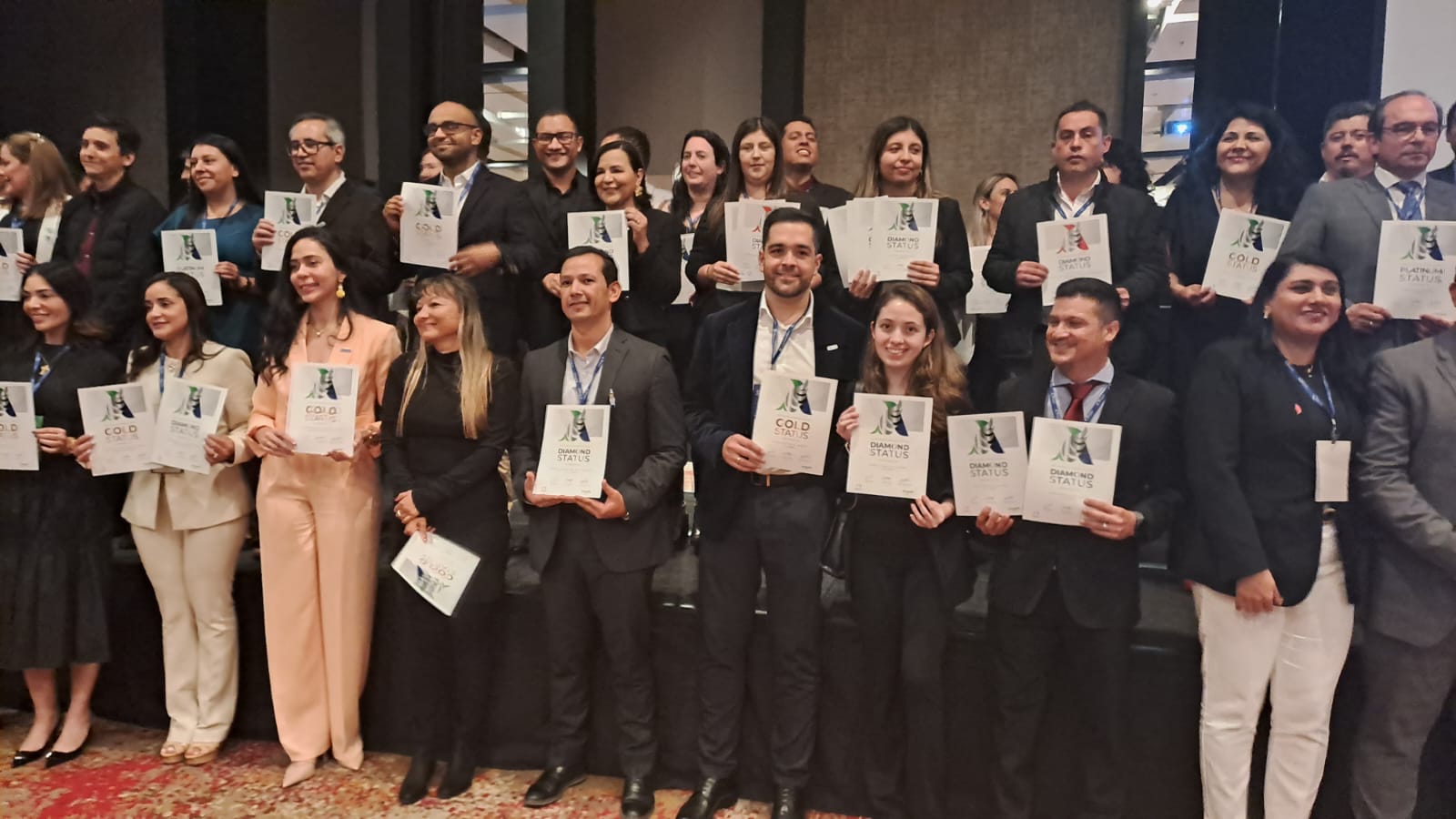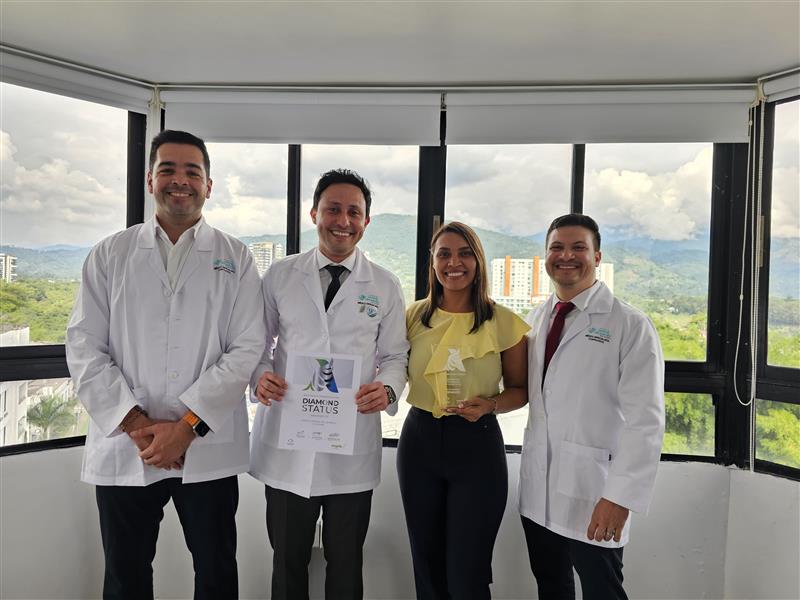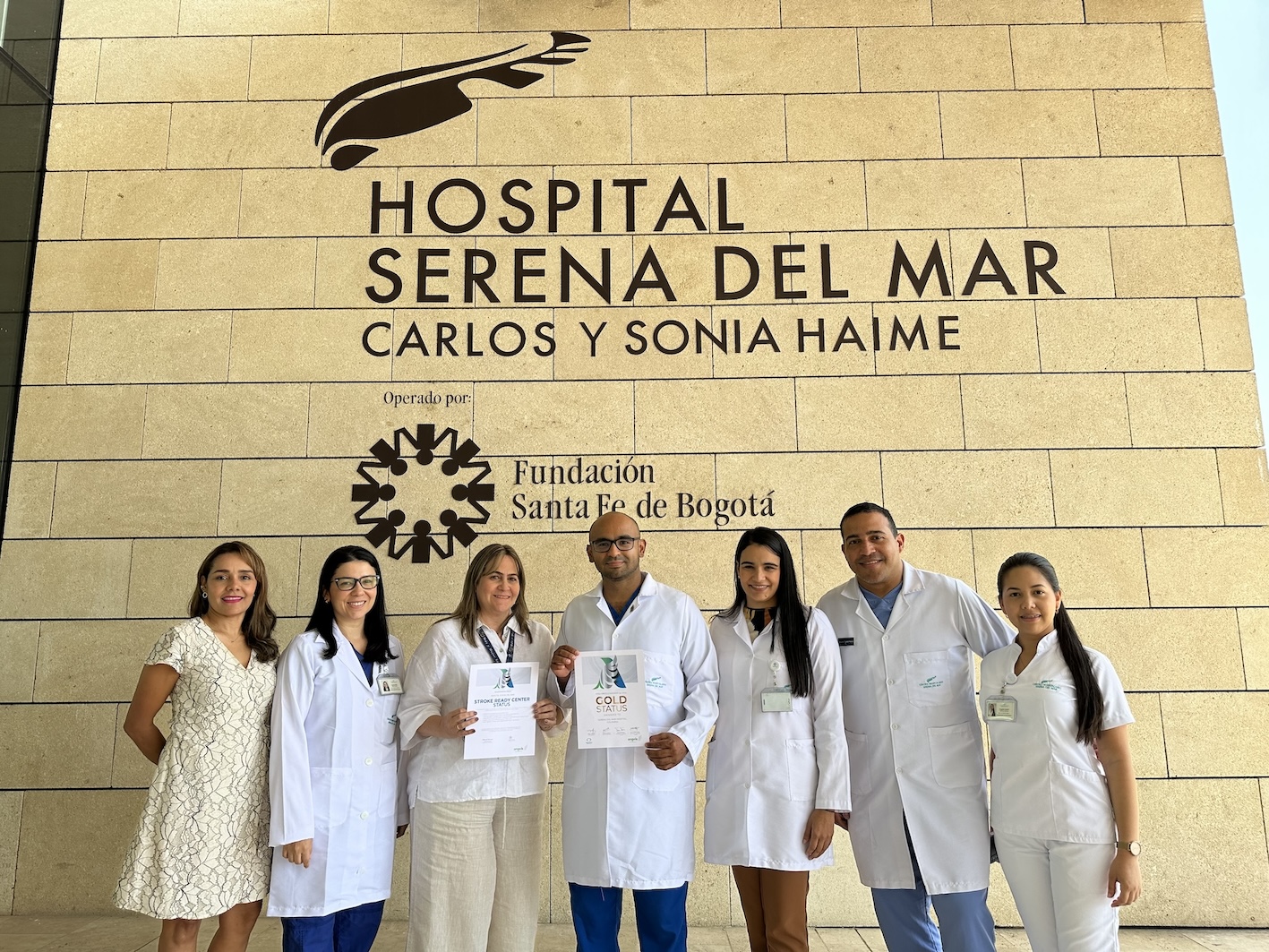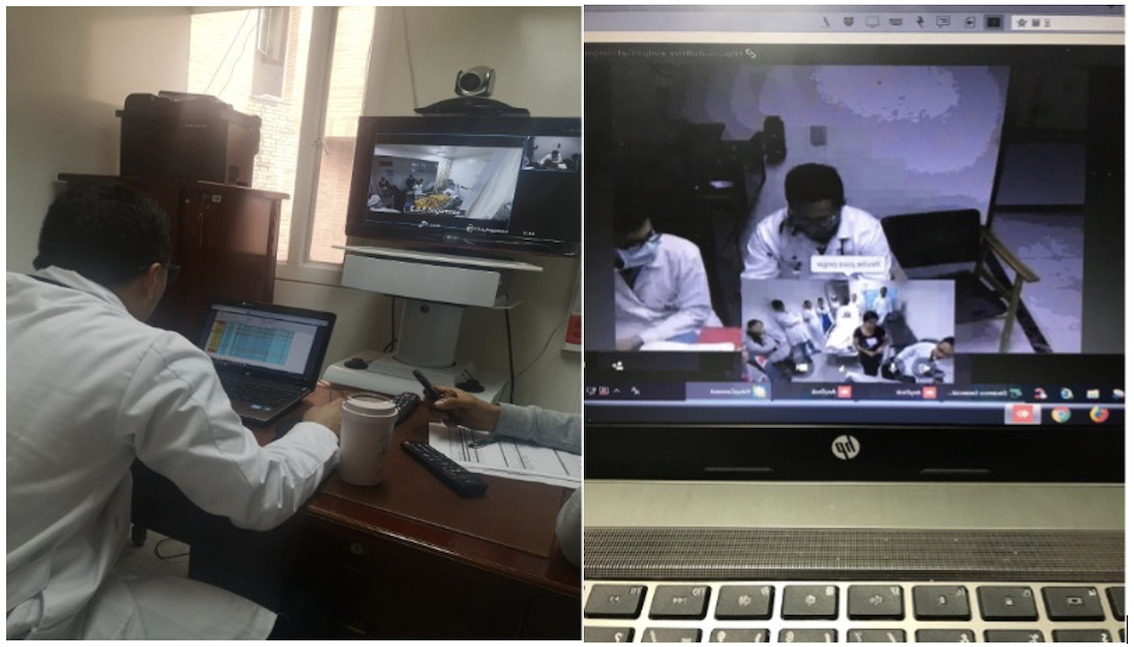
Às 23h45 do domingo 16 Junho 2019, um jovem foi admitido no Hospital Regional de Duitama, na região remota de Boyacá, na Colômbia, com sintomas raramente observados em crianças de 20 anos. Passaram vinte minutos desde que reparou pela primeira vez na fraqueza na perna esquerda e a fala ficou arrastada. A avaliação neurológica mostrou uma pontuação NIHSS de 5, e o discurso do doente continuou a deteriorar-se, dando peso a suspeitas de que este jovem cidadão da cidade de Duitama tivesse tido um AVC.
Uma videochamada foi imediatamente realizada para o serviço de neurologia do Hospital Universitário de San Rafael de Tunja na capital de Boyacá onde o neurologista de plantão estudou as imagens de TC transmitidas de Duitama. Em minutos o diagnóstico foi confirmado e as contraindicações excluídas. Pouco depois da meia-noite, iniciou tratamento com trombólise.
Ao nascer do sol na manhã seguinte, tudo o que restava dos sintomas do doente era uma sensação de picadas na sola do pé esquerdo. A sua pontuação NIHSS foi 0. O futuro que tinha vindo tão perto de escapar, foi o dele novamente.
No pronto-socorro do Hospital Regional de Duitama ninguém tinha tido muito sono, mas não notariam quão cansados estavam até muito mais tarde. Por enquanto estavam elegantes. Eles tinham participado de um momento marcante, resultado de anos de planejamento e treinamento. Por volta da meia-noite do domingo 16 Junho 2019 a primeira teletrombólise de sempre na região de Boyacá tinha salvado a vida de um jovem.
O ímpeto para esta intervenção veio do Dr. José Luis Bustos, neurologista no Hospital Universitário San Rafael de Tunja, que dois anos antes tinha lançado o Projeto Teletrombólise – um plano ambicioso para prestar cuidados atempados a doentes de AVC neste canto remoto da Colômbia. O hospital do Dr. Bustos é um centro abrangente no centro da rede regional para gerir o AVC e vencedor de oito Prémios WSO Angels. Mas muitos dos pacientes que foram trazidos aqui de Duitama, Sogamoso, Soatá, Chiquinquirá e Moniquirà chegam fora da janela de tratamento para reperfusão. A transferência de doentes apresenta um desafio. Os hospitais de referência estão entre uma e três horas e meia distantes da capital e Bocayá tem menos de uma ambulância por 10.000 habitantes, o quarto menor dos 33 departamentos da Colômbia.
Reconhecendo uma oportunidade para a tecnologia reduzir a distância entre hospitais, um determinado Dr. Bustos começou a peticionar à Secretaria de Saúde de Bocayá em 2017 para equipar os hospitais de referência com os equipamentos de telecomunicações e imagiologia necessários para estabelecer uma rede de telemedicina na região.
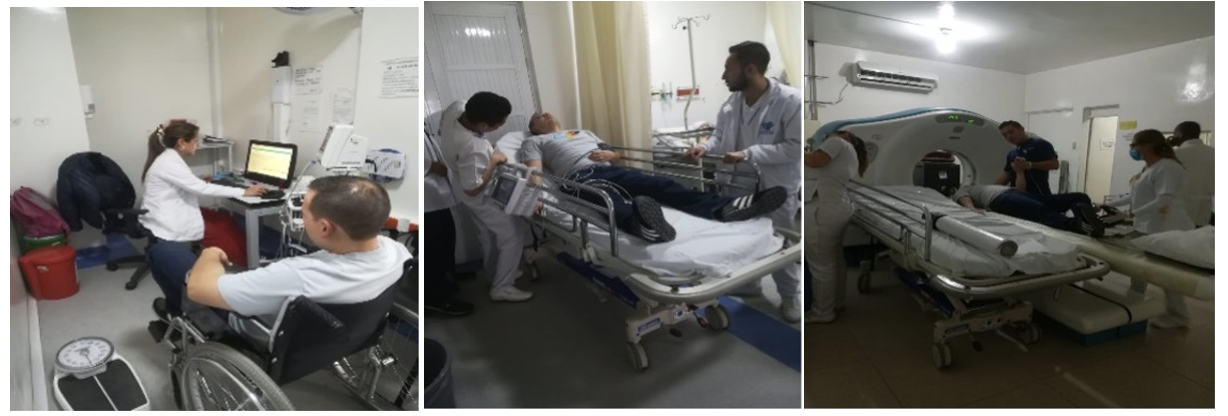
A inovação cria pioneiros, que era como a equipe do Hospital Regional de Duitama sentia na noite em que a criança de 20 anos foi levada ao pronto-socorro. Através do esforço tenaz do Dr. Bustos e com o apoio da Angels, conseguiram salvar o seu doente e liderar a implementação da gestão de teleAVC na região.
Desde então, esta equipa orgulhosa e entusiasta tem sido unida por outros. A teletrombólise está agora também presente em hospitais de Sogamoso e Moniquirá, seguindo-se Soatá e Chiquinquirá, e há mais um motivo para se sentir orgulho. O tempo porta-a-agulha médio registado na rede de teletrombólise é de 30 minutos de classe mundial, o que significa que centenas de doentes que teriam chegado a Tunja demasiado tarde para beneficiar de terapêutica que salva vidas podem agora aceder ao tratamento em tempo recorde.

